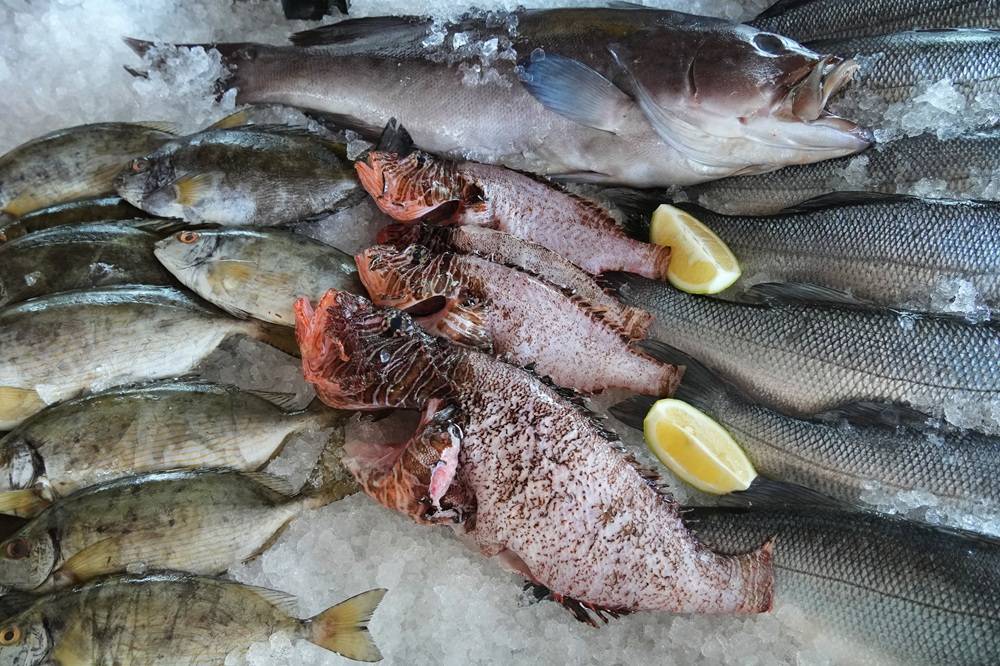In his movie “The Danish Experience”, Egyptian actor Adel Imam promoted two popular, local restaurants named “Zizo” and “Baha”. But despite the fame they gained over the past 20 years thanks to Imam’s effect, the two restaurants specializing in eastern food refused innovation.
Unlike the creative marketing ideas that restaurants invest in to increase their revenues, many restaurants haven’t even considered promotional tools to lure customers, preferring to maintain their current, traditional look that powered their fame.
Certain Egyptian restaurants, mostly those considered popular, have acquired a remarkable reputation that lures even non-Egyptian customers. Despite this fame, they are eager to preserve the traditional appearance of their beginnings, and the menu they are known for, refusing to change their originality in an attempt to maintain their success and profit margins at the same time.
Whether in Cairo, which embraces thousands of restaurants or in Alexandria, which attracts thousands of visitors every day, there are many examples of this type of restaurant that seduce people from all social and age categories with their “non-innovated” ambiances.
Since their establishment several decades ago, “Zizo” in the Jammaliah area, and “Baha” in the El Sayeda Zeinab district, have maintained their original concept, rejecting innovation ideas, and insisting that they “don’t have other branches”.
Despite that, both restaurants attract ambassadors and tourists looking to taste the “Egyptian food experience”. All their visitors, locals and non-Egyptians, sit at tables in the street, which gives the experience a more popular touch. El Sayeda district also houses “Al Jahsh” restaurant known for its local beans and falafel served in a simple, unsophisticated way. Its customers are from all social classes, they eat in the street as well. Although some reviews on the world-know travel website TripAdvisor slam the restaurant’s hygiene, celebrities and tourists keep visiting it to taste the original, Egyptian dishes.
A few steps away from Cairo’s Ramses Square, a banner reading “On God’s Blessing” draws people’s attention to a simply-decorated, crowded restaurant that serves cheap, yet tasty liver and sausage sandwiches. Known as the “King of Original Liver Sandwiches”, the restaurant, which was established in the 1980s, has always adopted a low-price policy, so it can make the highest profit. The liver sandwiches it serves are, without exaggeration, the cheapest in Egypt.
In contrast, other restaurants that opted for innovations and changes, including the “Abu Rami Grill Restaurant”, failed and lost a lot of their customers.
The same trend applies in Alexandria, in which many restaurants, especially those serving seafood, like “Shaaban of Fish” in the Al-Manshiyah area, are known for low-key setups, funny names, wooden tables, and cheap plates serving unique combinations.
The restaurant is very popular among Alexandrians. Although the city has many seafood restaurants, and most of them are located right on the sea along the Cornish, Shaaban’s customers insist on visiting it in a narrow alley to enjoy its popular dishes.
The restaurant’s owners have kept its original design but chose to innovate with a new branch that targets different types of customers.
Shaaban has a rival, though. “Houda Dongol”, located in the narrow alley in the Azarita area, also lures seafood lovers with its professional cooking and affordable prices despite its chaotic, low-key setup and location.
The traditional concept is also seen in the “Loul Fortress” restaurant overseeing the sea. A wooden design that reflects the Egyptian, popular spirit, and attracts visitors with its simple décor, rural, wooden benches, homemade fish dishes, warm welcoming of its manager Om Mayyada, and its well-known mint tea.
“Indeed, many restaurants reject the innovation idea, mostly because 95 percent of their owners are elderlies and unconvinced with the importance of social-media-driven updates. Those people can’t convoy advancement because they don’t have the needed mentality, or they might have concerns about innovation so they keep their businesses like they are. In contrast, we see about only 5 percent of business owners who consider innovation and keeping up with the industry’s changes,” Mohammed Yousri, e-marketing manager of several restaurants in Cairo, told Asharq Al-Awsat.
Yousri doesn’t agree with those alleging that “non-innovated ambiances” attract more audience, noting that this factor is a sort of mental relief for some customers, and that’s why we often see middle-aged and older people in such places.
“On the other hand, the younger ones are always looking for innovation. Restaurants adopting this management concept are often the first to close their doors despite their long-term fame. Even by maintaining their traditional touch, time will pass, and new, competing names will emerge and gradually lure people. From a marketing perspective, restaurants’ reluctance to innovate or update is a weakness and a key factor that can threaten the existence of the biggest names,” he explained.
“Marketing rules say the audience like constant renewal, and with the new generation affected by social media, restaurants must seek innovation to meet clients’ needs. Restaurants sticking to their old, traditional concepts have no future vision or aspirations, so they will definitely lose their younger customers, and thus lose the competition sooner or later,” Yousri concluded.










